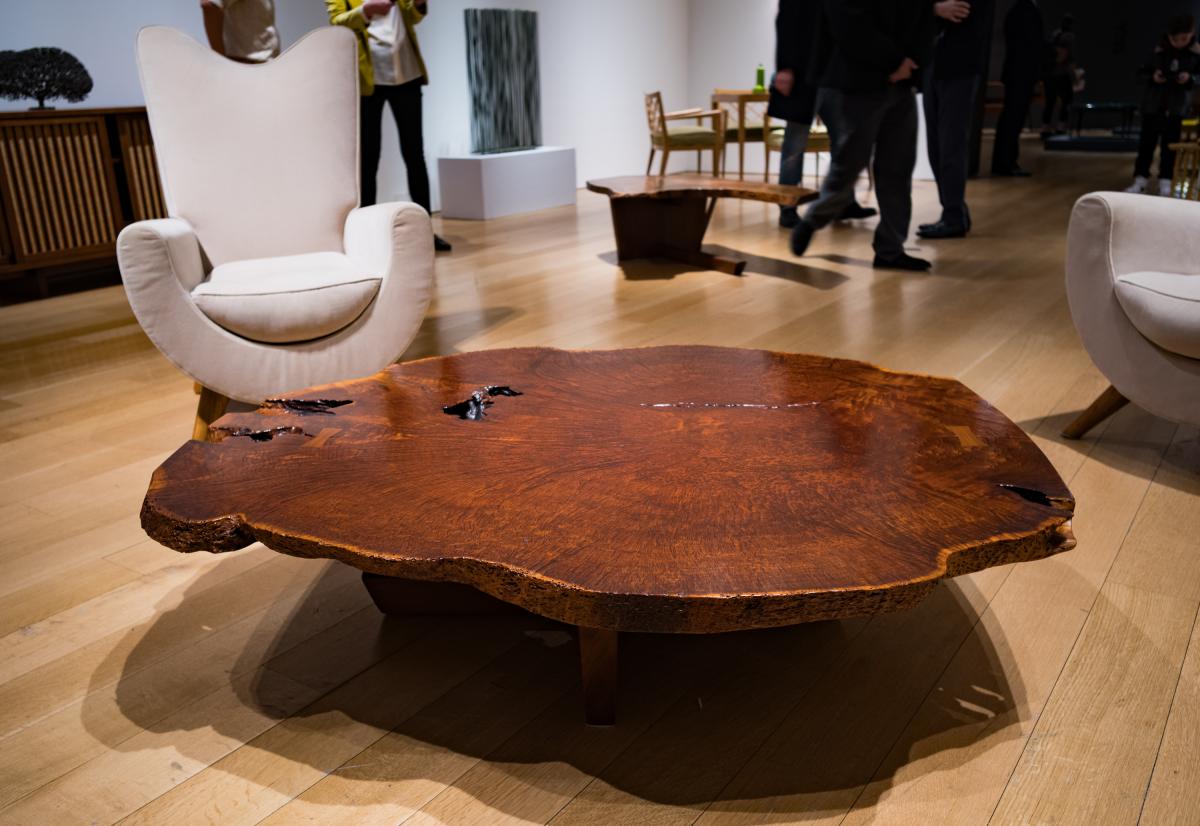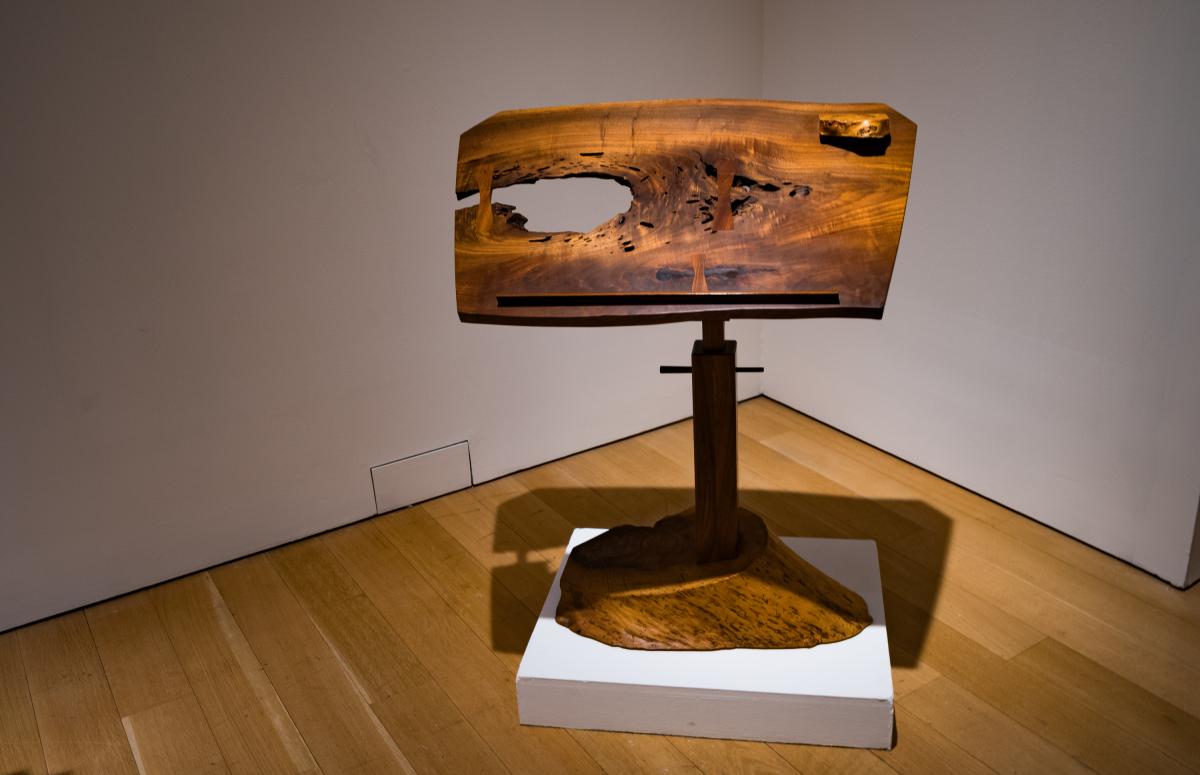| | 10/02/2024 | 
Last week I wrote about the designer furniture district, and I pointed out that these high end corporate big businesses are the direct competition to furniture makers like yourselves.
If you're a professional furniture maker, you are competing for customers who walk into this these giant showrooms, see a lot of similar furniture from showroom to showroom, and are convinced to buy by professional sales people who work on commission (or decorators also working on commissions).
Fortunately, you don't have to sell nearly as much as they do to make a living. But the way to do it is not by trying to be them. The secret sauce for pretty much everybody wants to be a furniture maker or a designer is to develop a recognizable style. This path is different from that of an architectural woodworker who gets designs from architects and designers and then makes projects well and efficiently. As a furniture designer and maker, you have to have a style that's recognizable and consistent. You find yourself designing blue chairs? That's great. Stick to blue chairs. Anytime a decorator wants blue chairs, they're going to say I know a guy, and this is what he does - blue chairs. And you'll have a competitive advantage against the person who does blue, green, and red chairs, because after all you're the specialist.
This is not about one design. This is about a style. The pictures of the top and bottom of this blog are works by George Nakashima. If you like that style of furniture, you want something by Nakashima. If the customer doesn't have the budget but wants the look, they may go to makers who are "inspired by" that design or knockoffs. (Or even if they do have the budget - just ask our friends at the Judd Foundation when Kim Kardashian misrepresented her Judd knockoffs.) Nakashima made all sorts of furniture and his designs evolved over the years. But they're distinctly Nakashima. And this applies to pretty much every successful furniture maker.
When somebody looks at your portfolio, whether in person, on your website, on social media, etc., they should immediately get a sense of a kind of work you do. If you tell them you can do anything, you've just lost a major marketing advantage, because everybody's looking for someone to show them the right way. It is much easier to sell any piece of furniture if you can say, "In my portfolio is a distinctive piece that I think you will relate to, but of course we will tweak the size and finish so that fits your space and decor."
I called this blog "The Uncola" because in the late 1960's 7-Up realized that they could not compete against the giant Coke by pretending they were just a different soda. What they did was take their unique style and market it as a symbol of independence, with a unique taste. It worked. Pepsi, which is a cola, differentiated themselves as a supposedly better-tasting cola using a taste test. RC Cola marketed themselves as just as good as Coke, but less expensive. That didn't work. RC currently has a tiny sliver of the soda market.
 | Join the conversation | |
| The opinions expressed in this blog are those of the blog's author and guests and in no way reflect the views of Tools for Working Wood. |
|
 Joel's Blog
Joel's Blog Built-It Blog
Built-It Blog Video Roundup
Video Roundup Classes & Events
Classes & Events Work Magazine
Work Magazine























